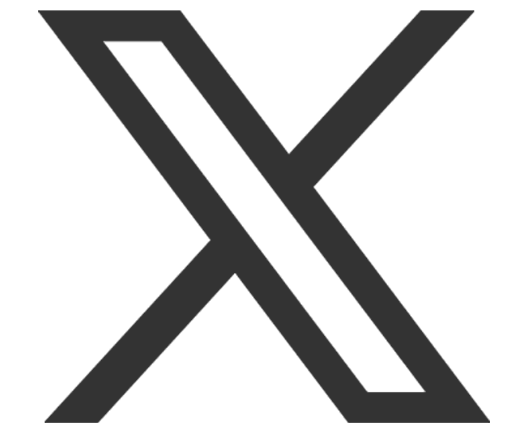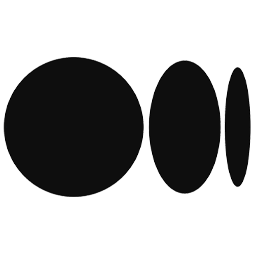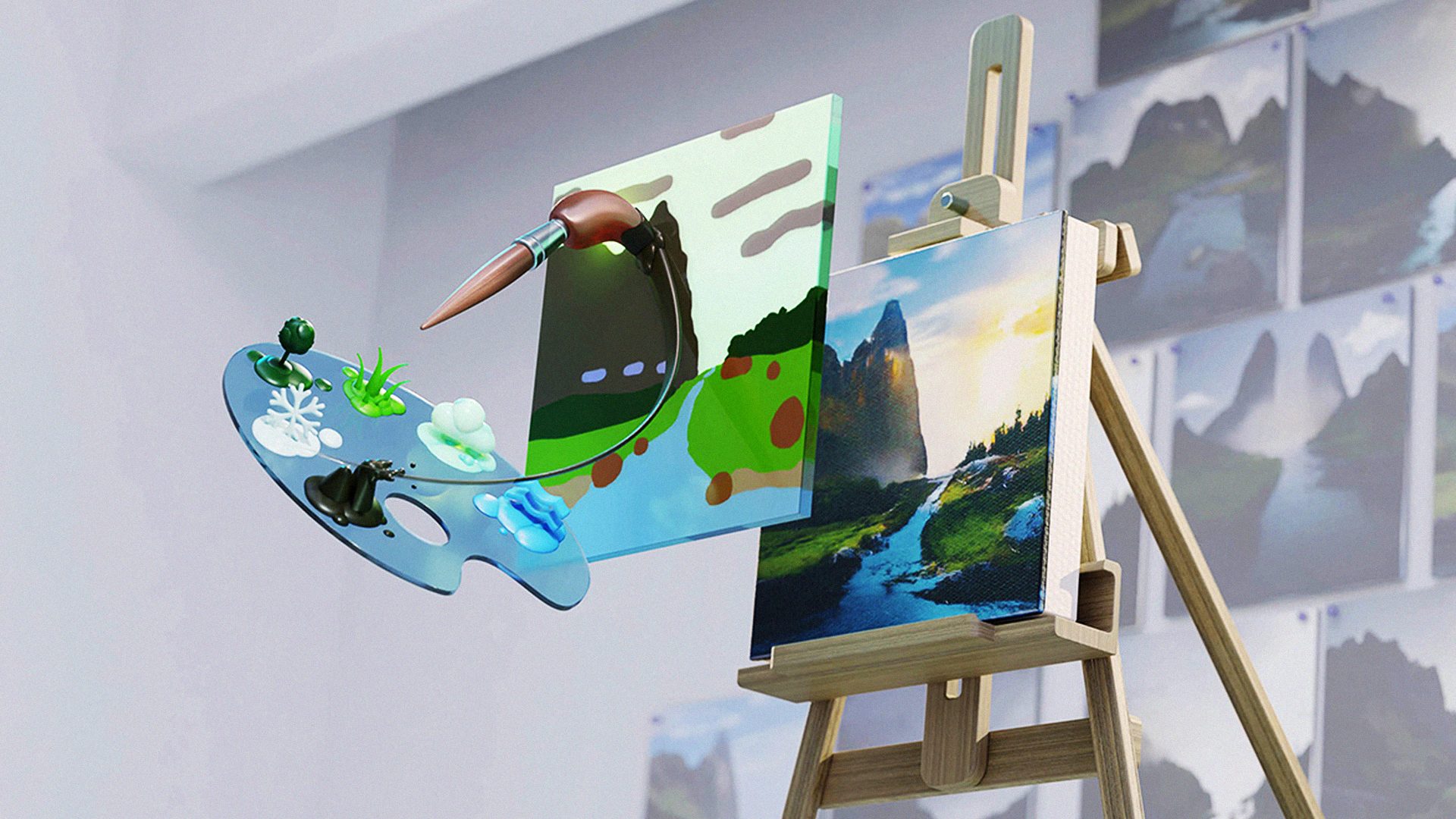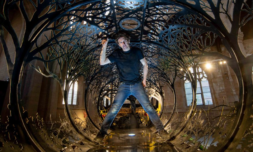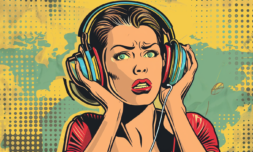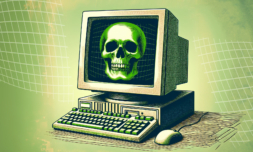What is the ‘Canvas’ app?
First off, its probably worth asking what exactly the Canvas app is.
Using the company’s previously developed ‘GauGAN’ tech, the software is able to freely swap out basic brush strokes, blobs, and colour spots for detailed terrain and assets. Very basic drawings that wouldn’t look out of place on Paint in 2003 can suddenly turn into lifelike artwork.
The idea is to ‘let creators paint by material rather than colour’, according to Nvidia. The app works in real time, which means artists can make decisions quickly as to what works and what doesn’t, without the hassle of restarting or loading up previously saved versions.
You can also swap out materials and textures at whim, turning a snowy scene into a tropical jungle and vice versa. Handy for when you’re not quite sure what the aesthetic and vibe of your project is yet.
Nvidia mentions that it wants to help artists and creatives to find their footing at the beginning of a project. It describes those initial steps as a ‘daunting task when faced with a blank canvas’. AI could help to make creative leaps quicker than ever.
How could it change the industry?
While this may just seem like a quirky tool on the surface, arts and AI becoming ever more intertwined could radically change large industries and their processes in the future.
Making complex tools like this largely available and easy to understand opens the doors for smaller creators, novices, and smaller companies to make complex projects with minimum hassle or investment.
Using Canvas, a teenager could map out tons of concept art for an indie film from the convenience of their bedroom, which could not have been possible even five years ago. Its through these innovations that diversity and originality can thrive.
There are a few barriers to entry though, of course. You’ll need to be using a machine that’s running a Nvidia RTX GPU, which is not exactly dirt cheap – though the company has recently launched a variety of new laptops that are around the same price as a standard Mac.
It’s also helpful to have a basic understanding of graphics tablets and digital drawing, though anyone can now learn with YouTube tutorials and online courses if they have internet access.
Perhaps the bigger question is whether or not we should be concerned for AI’s steady intrusion on the arts – does computer-generated content within movies, games, and music diminish its credibility?
We’ve recently written about how deep fakes and artificial voices can have spooky effects on musicians thar are no longer alive, but it’s ultimately down to personal taste and interpretation.
In this instance it seems Canvas is simply a tool in a larger kit that can help to speed up already established creative processes, rather than fundamentally shift things from the ground up. At least for now.
Either way, it’ll be interesting to see how artists use this technology to their advantage – and where it could go next.




